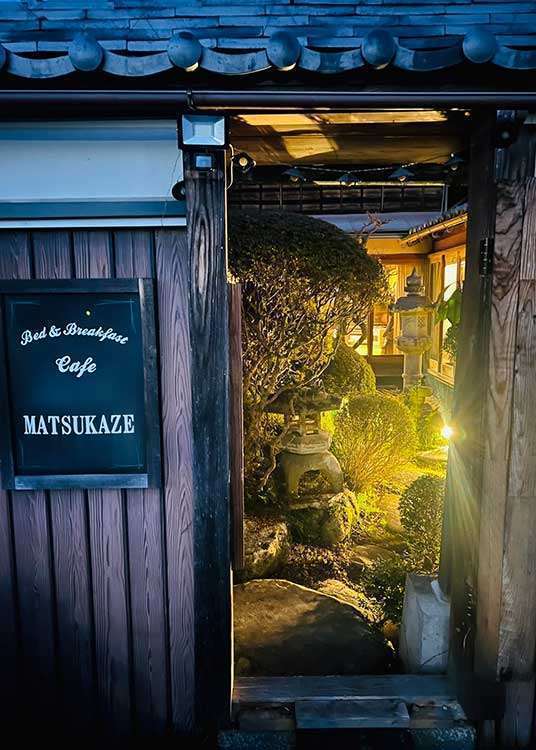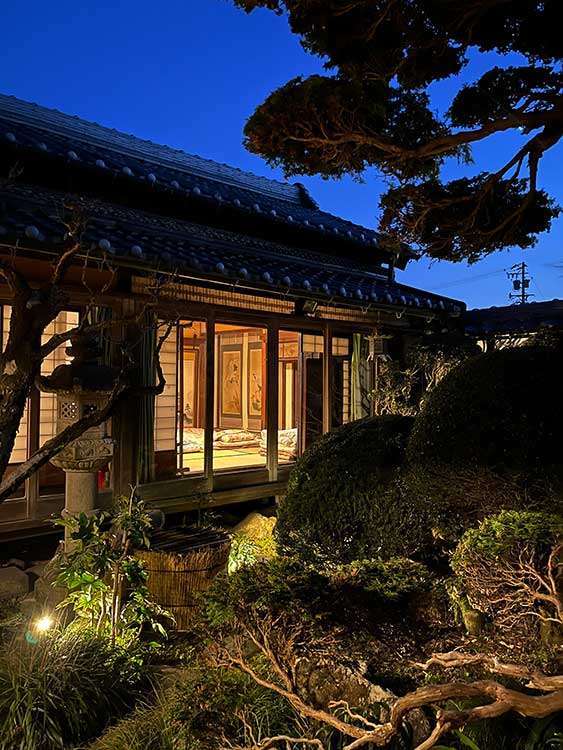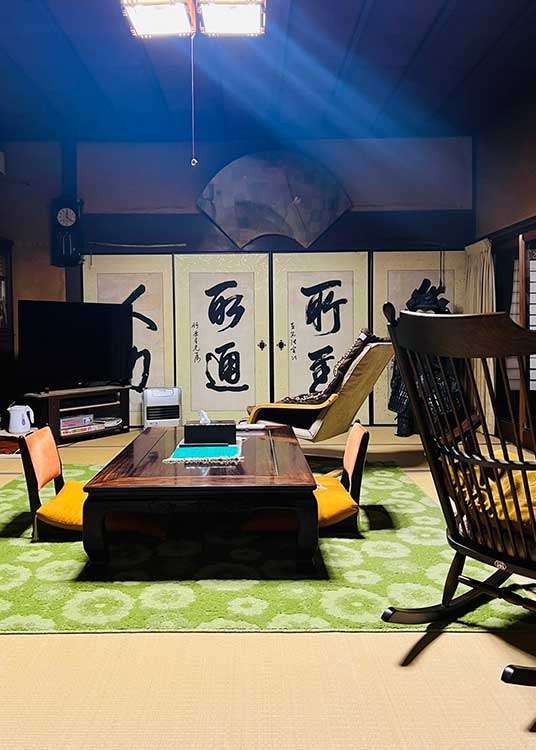Local cuisine and sake are one of the pleasures of traveling. I like beer and wine, but sake tastes best with Japanese food.
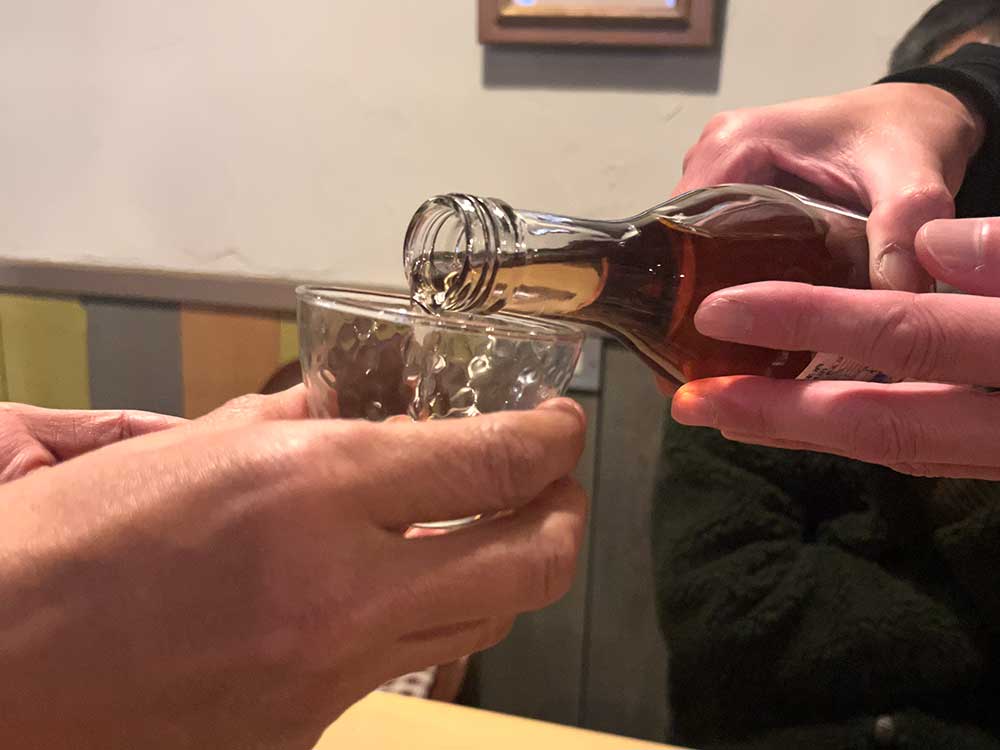
Did you know that East Nara Nabari has a variety of delicious sake, shochu, and local beer?
East Nara Nabari is an ideal region for sake brewing. Its quality water and cold climate contribute to the mellow and soft flavor of this region’s sake.
In this article, I would like to write about the sake-tasting party I had the other day with my friends. We collected and compared our favorite local sakes of East Nara Nabari.
The Venue: A 150-year-old Traditional Japanese House
Friday evening, February 17, 2023
The tasting party was held at “Matsukaze,” a guesthouse in the old town of Nabari.
It is a 150-year-old Japanese-style house with three private rooms surrounding a courtyard, a café and an amusement room (ping-pong table, mahjong table, etc.) in a separate building.
It is located about an 8-minute walk from Kintetsu Nabari Station, where the old townscape still remains.
I was excited to see what kind of inn it was... As I entered the house, my first impression was nostalgic — it felt like I was visiting my grandmother’s place in the countryside.
The rooms were all traditional Japanese style, and we had a great time just looking at things displayed there; nostalgic games, kimonos to try on, and samurai armor. No wonder this inn is popular among travelers from abroad.
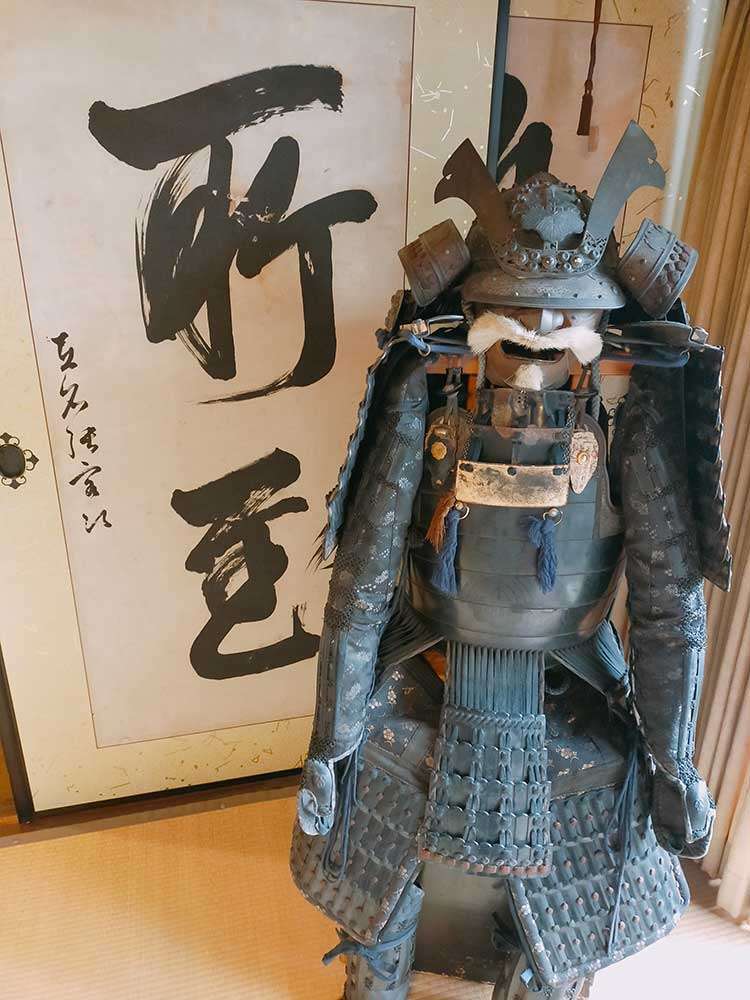
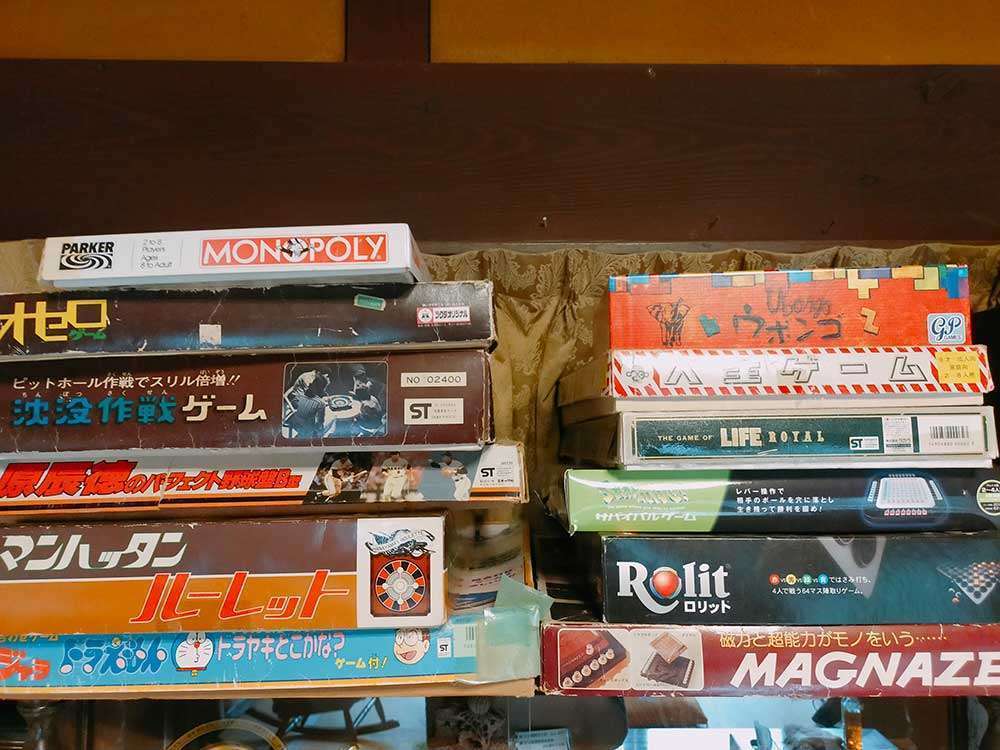
We moved to a café in a separate building.
We need food to go with sake. My friend cooked with ingredients from East Nara Nabari, such as Iga beef (Nabari City), spinach (Soni Village), lotus root (Yamazoe Village), yuzu pepper (Higashiyoshino Village), and pickles (Mitsue Village and Uda City). It was so tasty that I will write about the recipes next time!
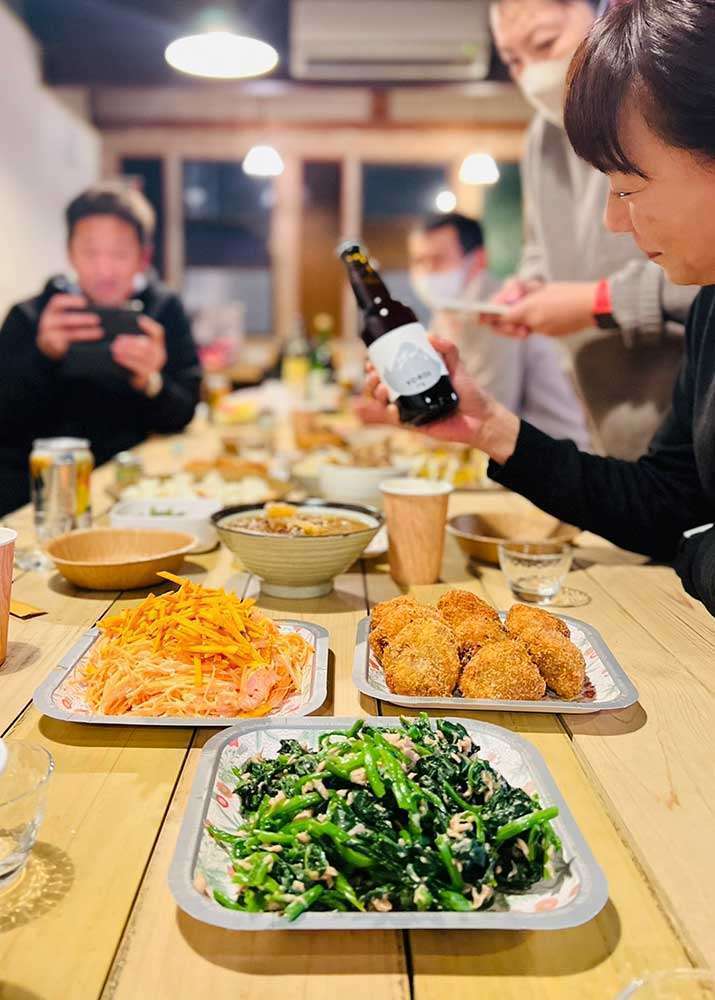
Now, let me introduce the six different sakes we tasted. Please note the followings are my personal impressions. For sake terms, refer to glossary webpages such as here.

‘Takijiman Hayase’
I started with “Karakuchi Junmai Takijiman Hayase,” a dry sake I drink regularly. For me, it is a stable drink. Sake from the Iga region — famous for the Iga Ninja — generally gives a sweet aroma. And this sake made in the Akame, a part of the Iga region, adds a refreshing taste. It makes you want to drink a little bit of it every day, representing the brewery’s creed very well: we make sake of which one person wants to drink a hundred cups instead of having one hundred people drink only one cup.
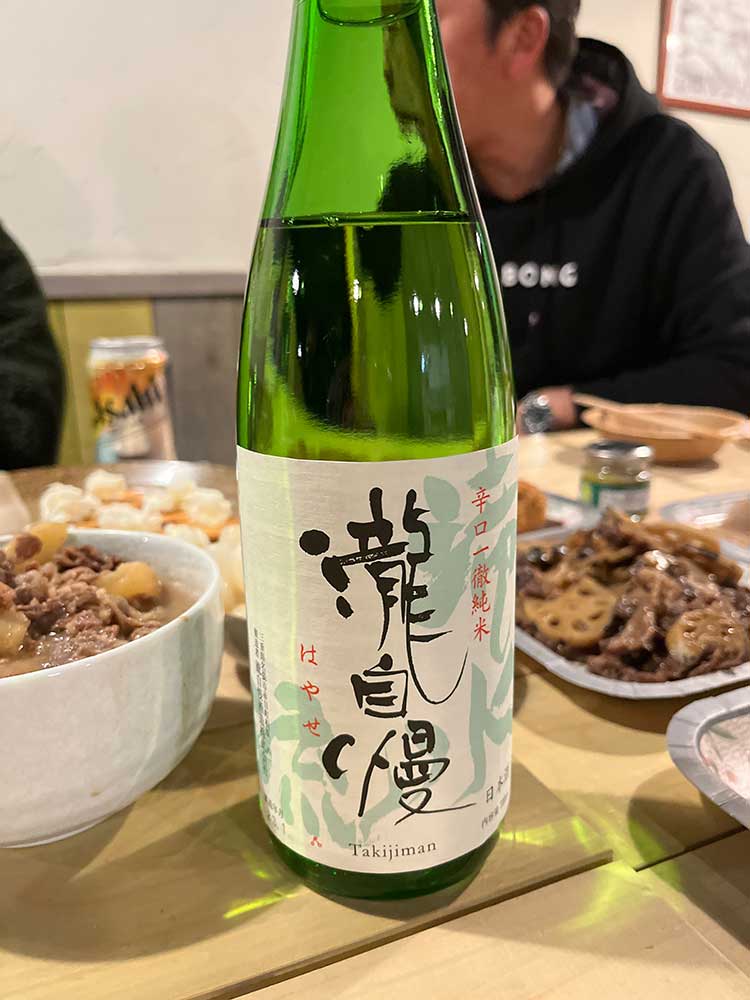
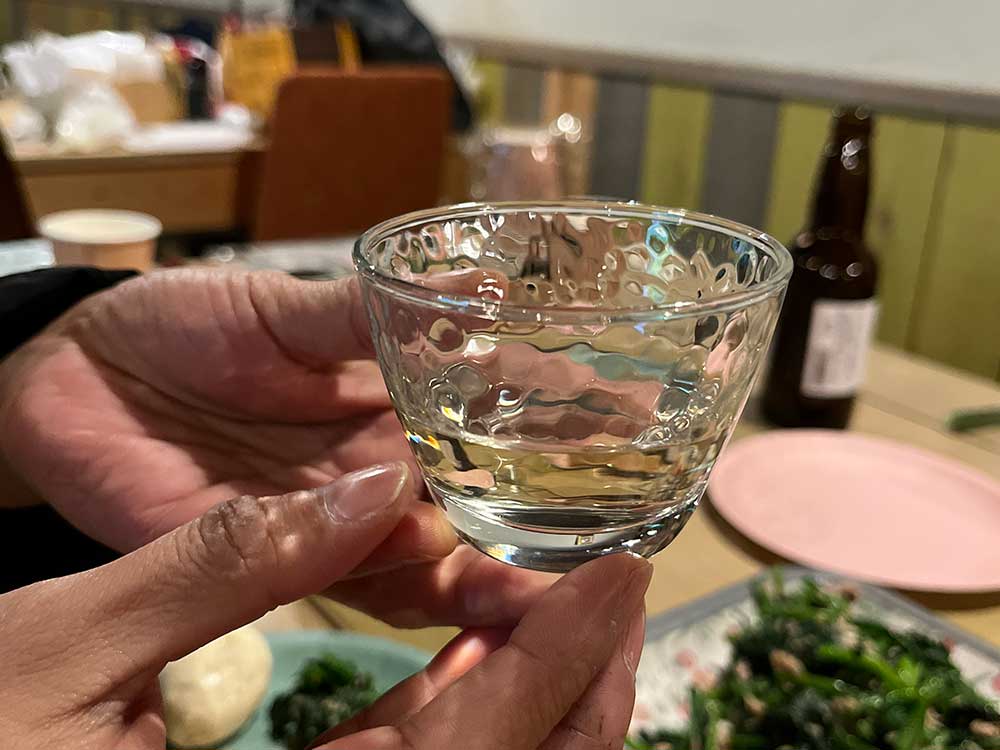
‘Suiryu’
Next, we were served a bottle of “Suiryu” Kimoto Junmai Ginjo Jukusei. When we opened it, it smelled very nice. It is a whiskey-like sake with a woody aroma, but not sweet. This sake is made by a brewery in the Ouda area of Uda City that has been making sake for over 300 years. This sake was at one point being served to Japan Airlines’ first class passengers.
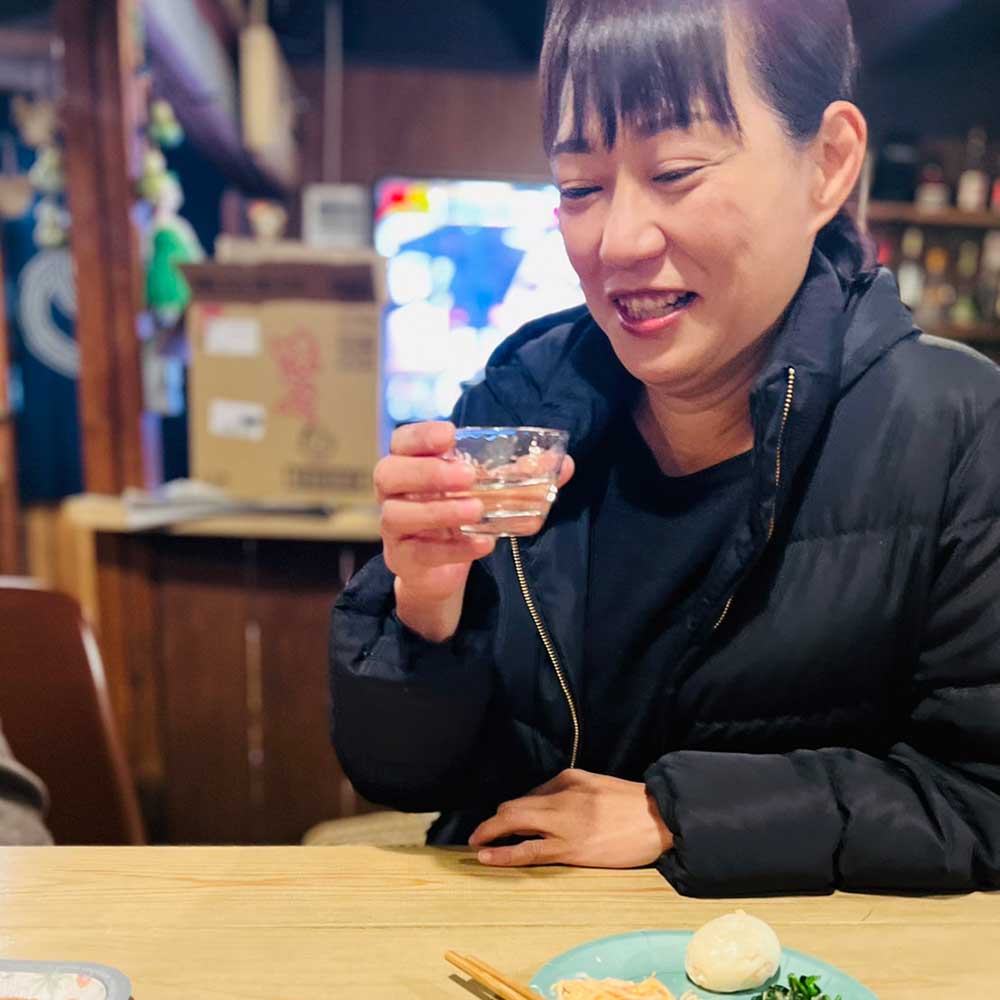
Chiyo-nomatsu ‘Akino Monogatari’
Next, we were served another sake from a brewery from Uda, Chiyo-no-matsu Akamai-shu “Akino Monogatari,” made from red rice. The moment I drank it, it gave a unique flavor like medicinal herbal sake. It tasted completely different from others. It is the kind of sake that gives you a good sleep. So please experience this rare taste.
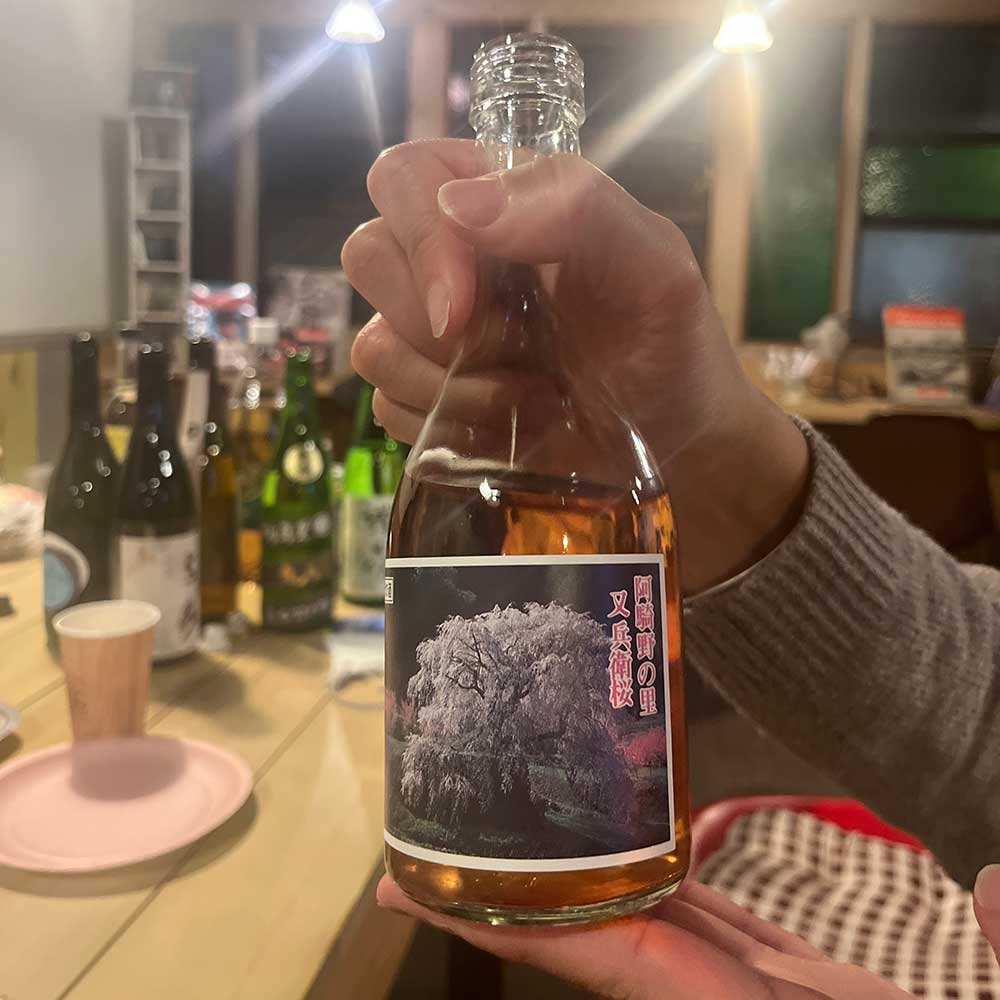
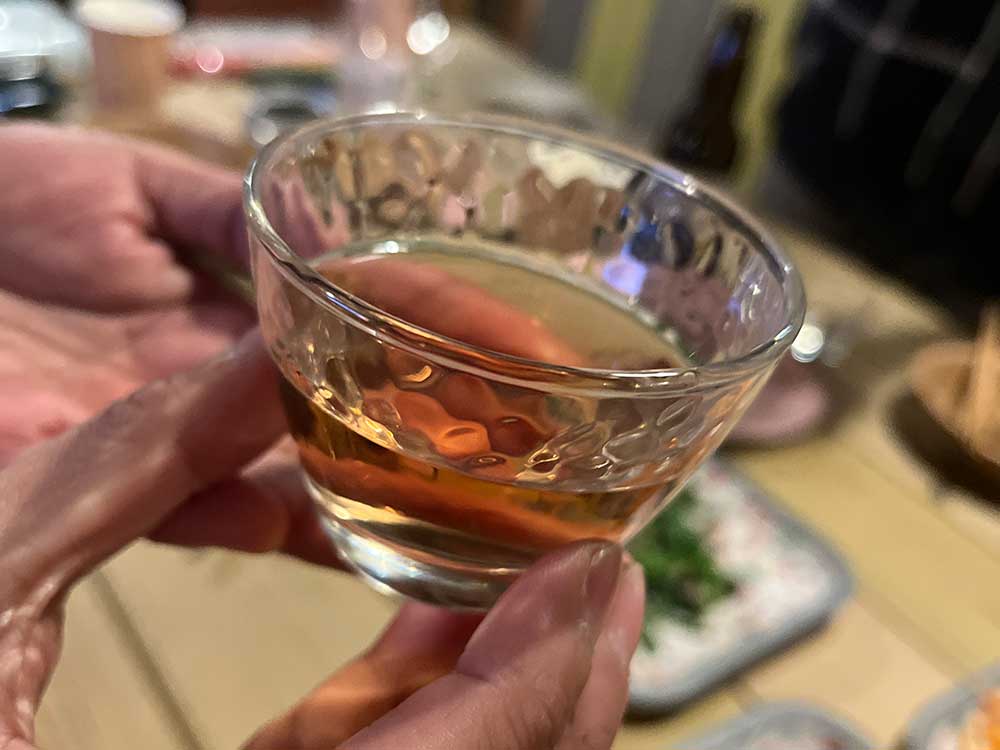
Appetizers made with freshly harvested local vegetables
We took a break here. I ate delicious food with a chaser (water). I loved boiled spinach. The spinach harvested in Soni Village and Mitsue Village at this time of year is called Yamato cold-ripe spinach. The roots are as sweet as corn and not bitter even when eaten raw.
I look forward to the season when this spinach comes out, but it is so popular that it is often sold out when I try to buy it in the evening. I really want you to taste this sweet and delicious spinach!

‘Imprevue’
After the break, we had Junmai Ginjo-shu “Imprevue.”
It tasted like wine and was so good. It was fruity even though it didn’t contain fruit. Even people who don’t like sake may be able to enjoy it. I hear some sake enthusiasts don’t enjoy this wine-like sake, but I really liked it. White-meat sashimi would go well with it... Next time, I want to drink the carbonated version, “Imprevue Sparkling.”
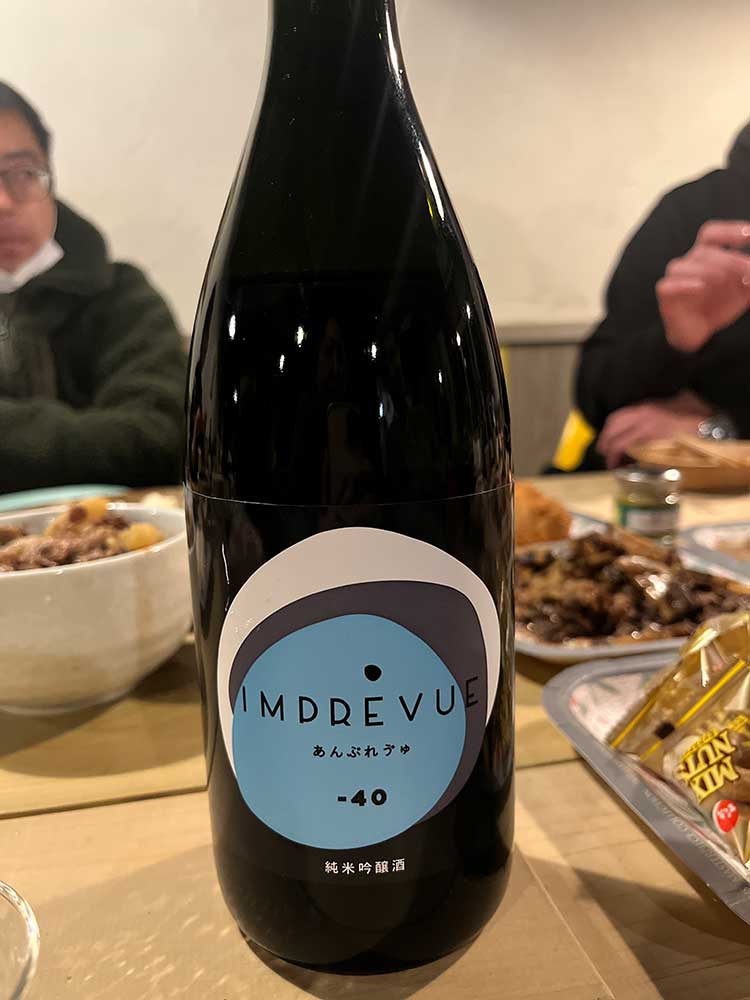
‘Tenkashiki’
Next, we tasted “Tenkanishiki” Junmai Ginjo 180-day Moromi Hi-ire, brewed with moromi (sake mash, fermenting mixture) over a long period, 180 days. This is an old-fashioned sake which tastes like amazake (sweet sake). But it wasn’t too sweet, just sweet enough for sake lovers. I heard this sake is rare and unique that I highly recommend it when you have a chance to drink it.
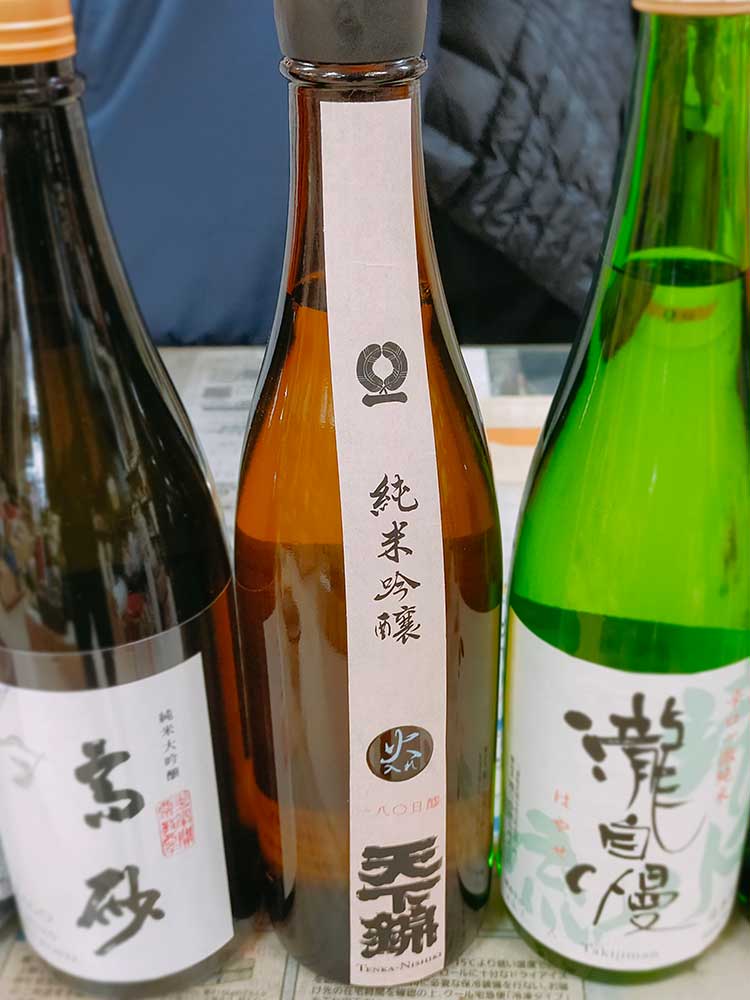
‘Takasago Matsukuizuru’
Lastly, we had “Takasago Matsukuizuru” Junmai Daiginjo, produced by the brewer of “Jikon,” a famous sake, which all sake lovers have heard of at least once. It was a fine sake with almost no aroma, yet once I took a sip, the scent spread in my mouth. It was the crispiest of all the sakes at the party. I thought women would love the taste.
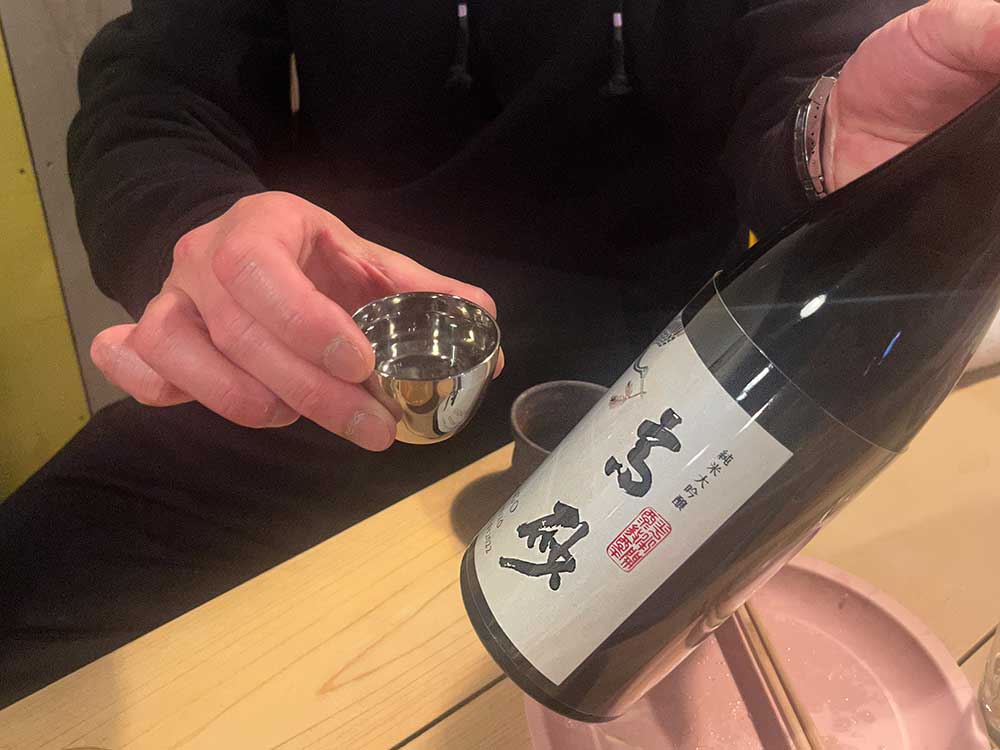
The sakes here were chosen based on my personal preference, but there are more types of sake in this area.
You can enjoy sake with our local specialties only here. We hope you will come to East Nara Nabari and experience this pure bliss.
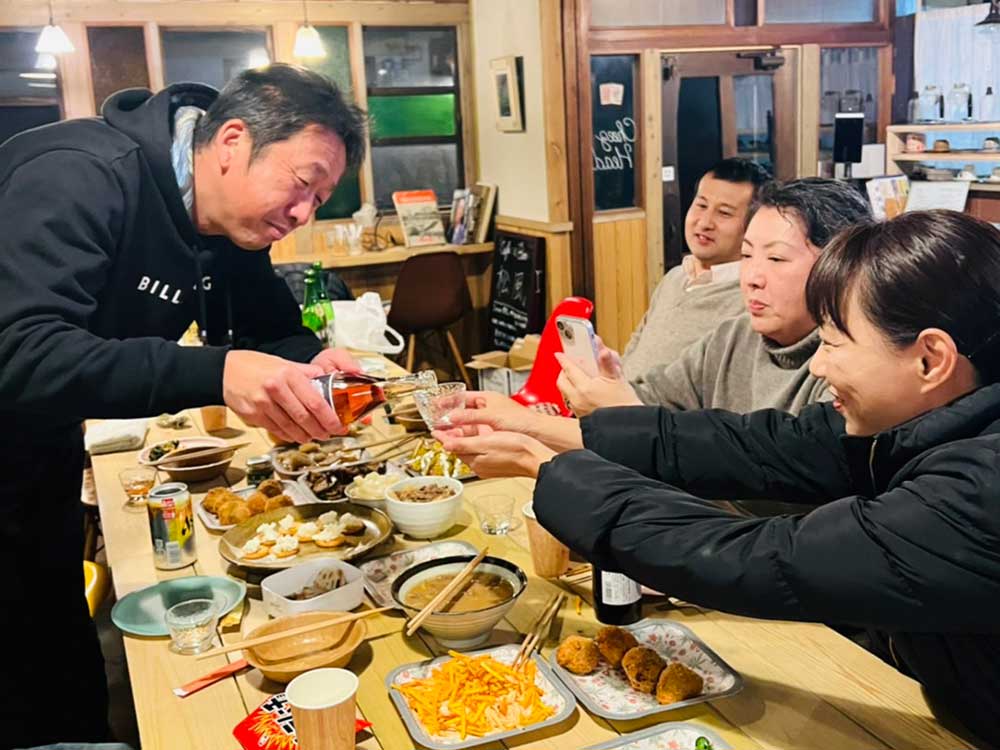
- The sake we tasted
- Karakuchi Junmai “Takijumman Hayase” … Takijiman Sake Brewing
- “Suiryu” Kimoto Junmai Ginjo Jukusei … Kubohonke Shuzo
- “Chiyo-no-matsu” Akamai-shu “Akino Monogatari” … Yoshimura Syuzou
- Junmai Ginjo Sake “Imprevue”… Sawasa Shuzo
- “Tenkanishiki” Junmai Ginjo 180-day Moromi Hi-ire … Fukumochi Shuzojo
- “Takasago Matsukuizuru” Junmai Daiginjo … Kiyasho Sake Brewery

